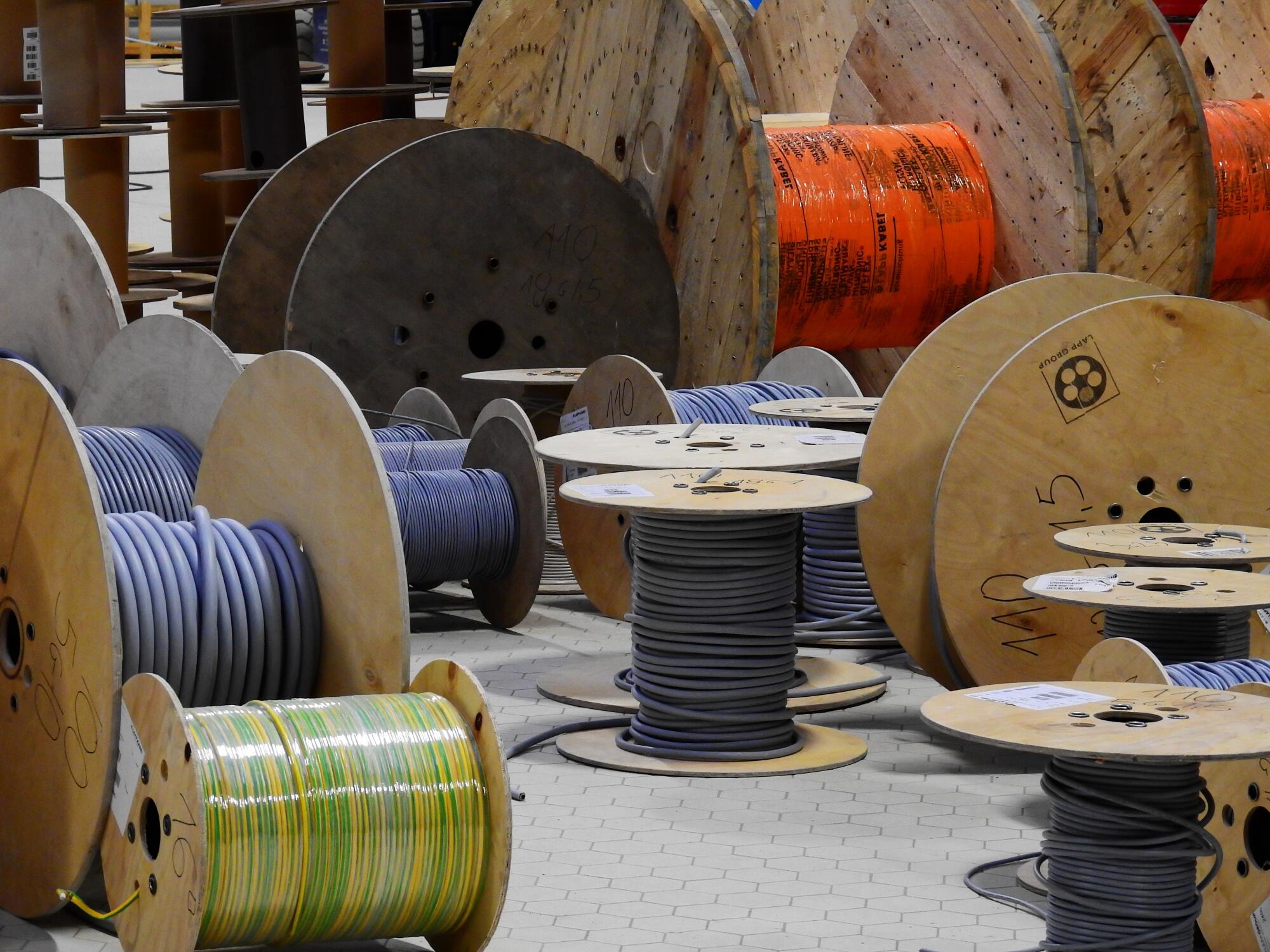Power cables are vital in the mining industry to ensure operations run smoothly. They transfer electricity to heavy machinery, keeping the equipment functional.
However, using these cables improperly can lead to accidents. Following safety protocols can protect workers and equipment from harm.
This guide will help you use generator power cables safely in mining environments.
Choose the Right Power Cable
The right cable for the job is crucial. Always check the cable’s specifications before use. Ensure it is suitable for the electrical load it will carry. Using the wrong cable can cause overheating. Overheated cables may lead to fires or equipment damage.
Seek advice from electrical experts if unsure about compatibility. A cable that meets the needs of the mining industry will reduce risks.
Perform Regular Visual Inspections
Inspect cables for damage before every use. Look for cuts, burns, or exposed wires. Damaged cables can cause electric shocks or fires. Replace any damaged cables immediately.
Do not use cables with temporary fixes like tape. Regular visual inspection ensures that cables are safe and reliable.
Avoid Overloading the Cable
Do not exceed the cable’s electrical load capacity. Overloading generates heat that can damage the cable. Always calculate the load of the connected devices.
Use cables with a capacity higher than the required load. Overloading can lead to power failures or accidents. Planning the electrical load ensures safe operations.
Store Cables Properly
Proper storage extends the lifespan of cables. Keep cables in a dry and cool place. Avoid placing heavy objects on stored cables. Coiling the cables neatly prevents kinks or breaks.
Store cables away from corrosive materials. Proper storage protects the integrity of the power cables.
Use Cables Designed for Mining
Cables for mining are built to handle tough conditions. They resist moisture, heat, and abrasion. Ensure the cable’s material can withstand mining environments.
Using general-purpose cables can lead to failures. Always confirm the cable is certified for mining use. Choosing the right cable minimizes risks.
Follow Proper Bonding Practices
Bonding practices prevent electrical hazards. Proper bonding connects metal parts to reduce electrical shock risks. Verify that the bonding is intact before using the cables.
Faulty bonding can lead to injuries. Train workers on bonding practices to ensure safety. Following bonding guidelines protects everyone on-site.
Protect Cables from Physical Damage
Place cables where they are less likely to be run over. Use protective coverings when crossing pathways. Avoid pulling cables around sharp edges.
Protecting cables from damage prevents exposure to wires. Physical damage weakens the cable’s effectiveness. Careful handling prolongs cable durability.
Keep Cables Dry
Wet cables can cause electrical shocks or malfunctions. Ensure cables are dry before and during use. Avoid using cables in flooded areas. Moisture can penetrate damaged cable sheathing.
Dry cables function better and last longer. Keeping cables dry is critical in mining.
Train Workers on Cable Safety
Workers must know how to handle power cables. Provide safety training sessions regularly. Include the importance of visual inspection in training. Teach how to calculate the electrical load.
Ensure workers understand bonding practices. Training prevents accidents and improves awareness. Well-trained workers are an asset to safety.
Secure Connections Properly
Loose connections can cause sparks or heat buildup. Ensure all connections are tight and secure. Use appropriate connectors for the cables. Regularly check connections during operations.
Unsecured connections can lead to power interruptions. Secure connections keep operations stable and safe. Proper connection techniques are essential in mining.
Replace Worn-Out Cables
Do not use cables past their lifespan. Old cables are prone to faults. Regularly check the age and condition of all cables. Replace worn-out cables with new ones immediately.
Using old cables increases the risk of failure. Keeping cables up-to-date ensures continuous safety.
Monitor Cable Performance
Observe how the cables perform during operations. Unusual heat, sparks, or malfunctions need attention. Stop using the cable if issues arise. Monitoring can prevent severe accidents.
Routine checks identify problems early. Monitoring protects both mining equipment and workers.
Label Cables for Easy Identification
Labeling helps workers identify cables quickly. Use clear and durable labels. Include information about load capacity and use. Labels reduce the chances of using the wrong cable.
Organized labeling simplifies operations. It also supports visual inspections and audits. Labels improve safety and efficiency.
Ensure Emergency Protocols Are in Place
Have emergency protocols ready for cable-related incidents. Train workers to respond to cable failures. Include steps for handling exposed wires or overloads.
Quick response minimizes damage and injuries. Emergency plans are critical for workplace safety. Preparation can save lives.
Integrate Cable Maintenance into Routine Checks
Include power cable checks in the maintenance schedule. Document each inspection and repair. Regular maintenance prevents unexpected failures. Inspect cables alongside other mining equipment.
This practice saves time and enhances safety. Routine maintenance keeps cables reliable.
Use Portable Generators Safely
Portable generators are often used in mining operations. Ensure the generator is compatible with the power cables. Place generators in well-ventilated areas.
Avoid running cables near the exhaust to prevent heat damage. Use surge protectors to manage power spikes. Proper handling of generators ensures a stable and safe electricity supply.
Handle High-Voltage Cables with Care
High-voltage cables require special attention. Only trained personnel should handle these cables. Use insulated gloves and tools during maintenance.
Keep high-voltage cables away from water sources. Ensure proper grounding to prevent electrical hazards. Handling these cables with care reduces the risk of severe accidents.
Avoid Tension on Cables
Do not pull or stretch cables unnecessarily. Tension can damage the internal wires. Use proper supports to keep cables in place. Avoid creating tight bends or loops.
Ensure cables have enough slack for flexibility. Preventing tension protects the cables from wear and tear.
Follow These Safety Practices for Using Generator Power Cables in Mining
Power cables are indispensable in mining operations. Following safety practices ensures smooth and safe operations. Regular visual inspection, proper bonding practices, and monitoring performance are vital.
Always prioritize safety protocols to protect workers and equipment. Implement these tips to maintain high safety standards.
If you want to read more topics, you can visit our blog. We do have more for you!





Be First to Comment